Charlottesville Sparks Outrage in Students
September 1, 2017
On August 12, the clash of two groups of protesters in Charlottesville, Virginia resulted in a riot ending with the death of 32-year-old Heather Heyer. Heyer was run over by a car driven into a crowd of counter protesters, with James Fields at the wheel. The riot was began with alternative right groups gathering in Charlottesville to protest the removal of a confederate statue featuring confederate general Robert E. Lee. The counter protesters, consisting of the ‘alternative left’ arrived Saturday morning. This event has had a disturbing effect across the country.
President Trump’s response to the event has sparked intense controversy. His initial statement, “We condemn in the strongest possible terms this display of hatred, bigotry and violence on many sides” has made his opinion on who is to blame for this violent uprising ambiguous.
Students have been outraged by both the violence in Charlottesville and especially President Trump’s reaction and methods to console the country.
“There were definitely people there that were irresponsible, but I feel like it’s stupid to put blame on both sides,” senior Jessica Hunt said. “Let’s be honest, if the KKK is knocking at your door, what are you going to do? You’re not going to be like, ‘Oh it’s just those white supremacists again.’”
Following the riot, pictures surfaced featuring protesters beating each other in the street. It is unclear in many of these who is inflicting violence upon whom. Many first hand accounts have also been published that feature conflicting views. Some say they were sprayed with mace and beat with torches by the alternative right, while others claim that the alternative left came to the protest swinging at them with clubs. The protest originated with the alternative right, and on Friday night they were seen chanting Nazi slogan “Blood and soil!” among other phrases classified as hate speech.
“The alt-right neo-Nazis, white supremacists, KKK, etc. wore paramilitary gear, brought weapons, and created an environment of hatred and intolerance,” senior Sahar Tariq said. “They were prepared for violence and brought an aura of fear.”
Trump spoke again at Trump Tower to elaborate on his use of the phrase “many sides” saying “you had a group on one side that was bad. You had a group on the other side that was also very violent. Nobody wants to say that. I’ll say it right now.” This response added more fuel to the fire of outrage at the events of Charlottesville.
“President Trump should have immediately condemned racism, especially considering the fact that white nationalist groups have felt more empowered since Trump’s election,” senior Nimesh Wijewardane said. “His failure to immediately condemn hate sends the implicit message that racism is okay.”
Under the first amendment it is stated that congress “shall make no law abridging the freedom of speech,” but it is not specifically defined what constitutes what is protected as free speech and what is outside of its realm. This event brought into question the limits of free speech and whether the alternative right went too far by displaying symbols from groups notorious for violence, such as the KKK and the Neo-Nazis.
“Everyone is allowed to have their own opinion, as offensive and ignorant as their viewpoints might be,” senior Natalie Smith said. “They still have the right to think those things, but I think the line was crossed in Charlottesville when violence was brought by the alt-right to the situation. You can think these things, but when you act violently it becomes a violation of free speech.”
The First Amendment also states that Congress cannot prevent “the right of the people to peaceably assemble.” Charlottesville started as a peaceful protest, but quickly erupted in violence. This calls into question if we as a country are capable of peaceful protest any more.
“I’m not saying that every protest will be met with a car plowing through a crowd, but the instance of Charlottesville definitely made the idea of that kind of violence seem more real,” Sahar said. “Several more protests are being held across the South and fear is definitely in the air.”
A frequent claim made about Charlottesville is that the police did not do enough to insure the safety of the protesters. Namely, there was no barrier separating the two sides. Natalie has an idea about what this riot may mean for protests in the future.
“This might be a learning experience especially for law enforcement on how to handle protests when they get out of hand,” Natalie said. “There might be more security at future protests.”
Students and adults alike were shocked at seeing KKK hats and Nazi flags on their televisions, but Sahar has seen this coming.
“Our country right now is on a slippery slope,” Sahar said. “It has been for a while, and still is now. Things have continually worsened in the context of police brutality, the rise of alt-right hate groups, gun violence, rape culture, islamophobia, etc.”
Another hot button issue that has been fueled by the bad blood of Charlottesville is the removal of confederate statues. President Trump was adamantly against this action stating “this week, it is Robert E. Lee. I noticed that Stonewall Jackson is coming down. I wonder, is it George Washington next week? Is It Thomas Jefferson the week after?”
“We should be removing the confederate statues because I don’t think they should get gratification for treason,” Jessica said. “They rebelled against their country… they may be great generals but they fought against the good of the country.”
As a result of the violence and political unrest reaching new levels in the United States, the only thing students can hope to do is move forward.
“Hopefully, in the wake of this tragedy, there can be more solidarity between minority groups to stand together against racism and bigotry,” Nimesh said.
Jessica, however, sees a different effect.
“This has helped people be more aware. Recently people have said ‘get over it. You guys chant black lives matter, but all lives matter,’” Jessica said. “they say ‘we’re not racist anymore, our country has moved forward’ and this just shows that it hasn’t.”
Works Cited
Astor, Maggie, Christina Caron, and Daniel Victor. “A Guide to the Charlottesville Aftermath.” New York Times. N.p., 13 Aug. 2017. Web.
Lendon, Brad. “Trump’s Charlottesville Defense Omits Two Key Words.” CNN. N.p., 23 Aug. 2017. Web.
Wilson, Jason. “Charlottesville: Far-right Crowd with Torches Encircles Counter-protest Group.”
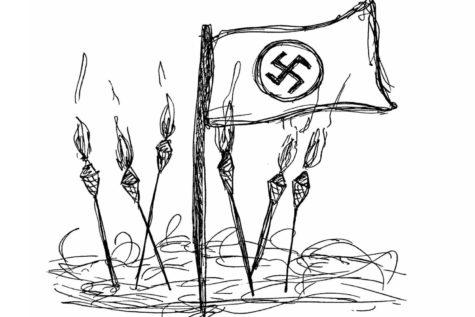


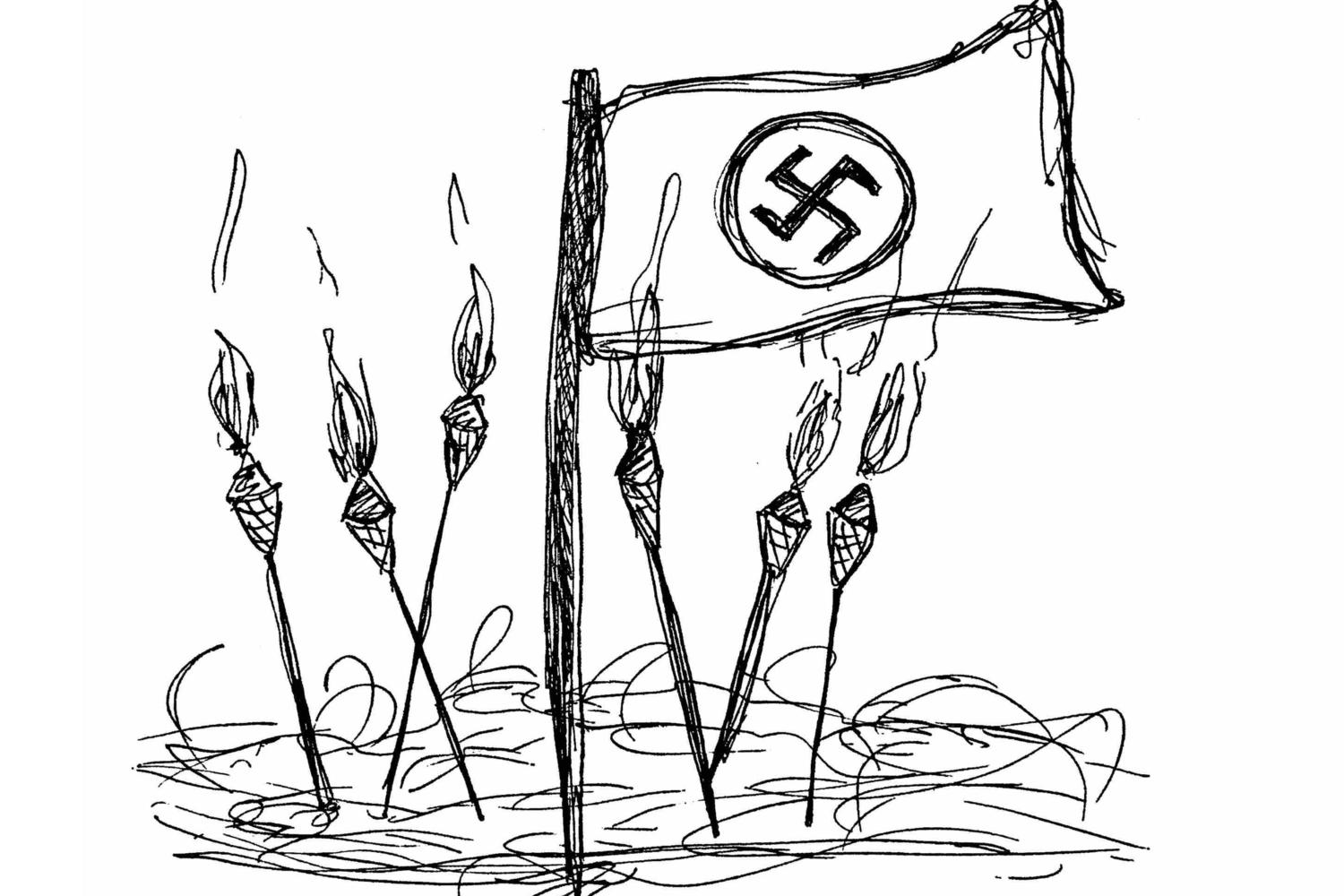
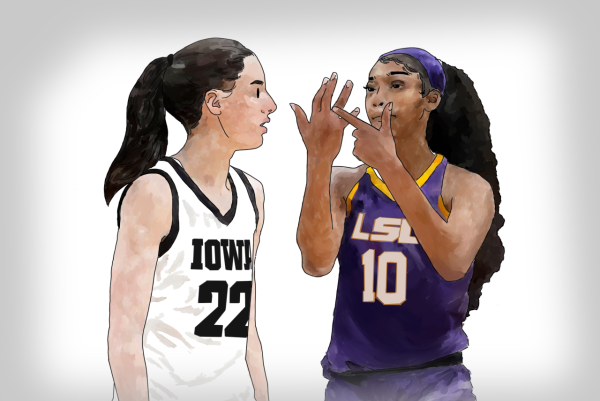
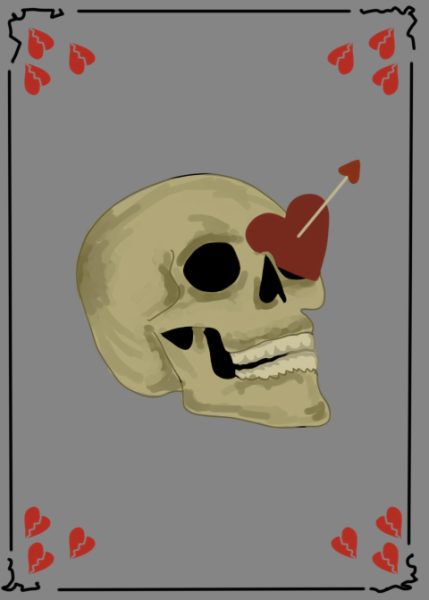
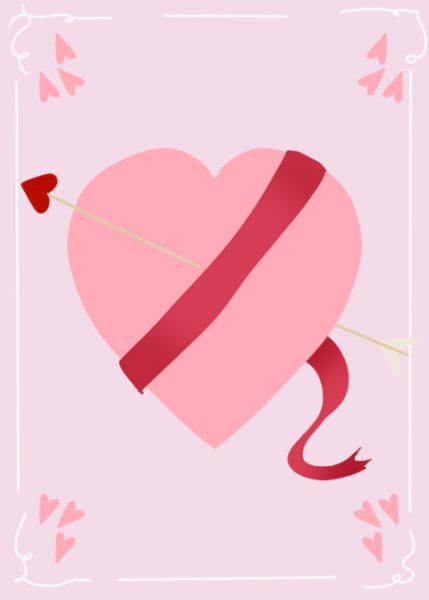
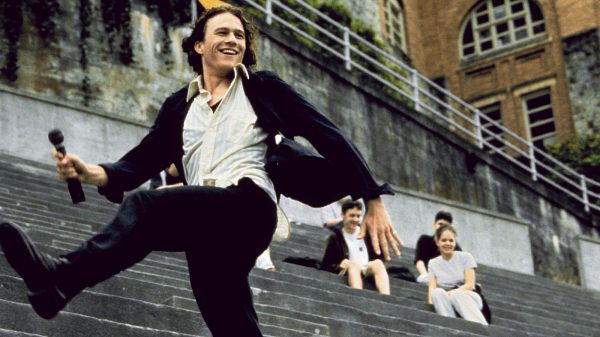
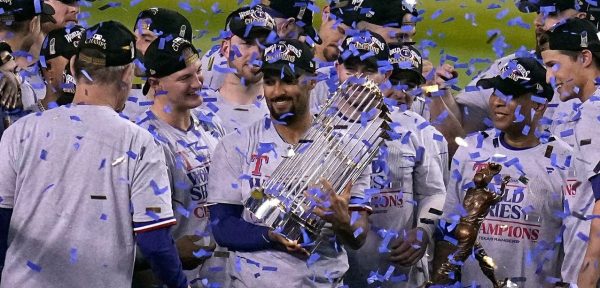
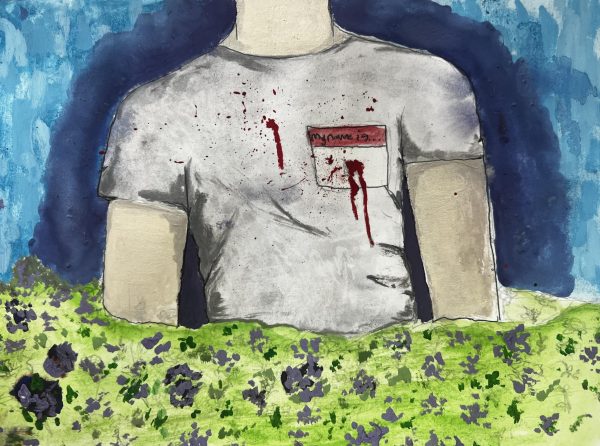
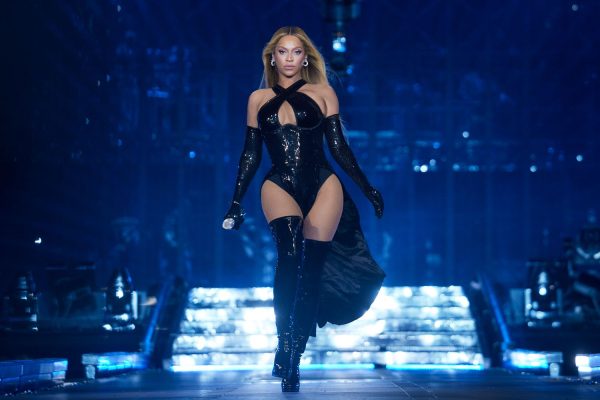
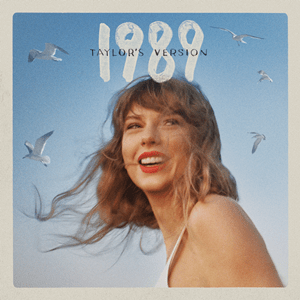

Aashna • Sep 5, 2017 at 3:51 pm
This story is really well-written!!